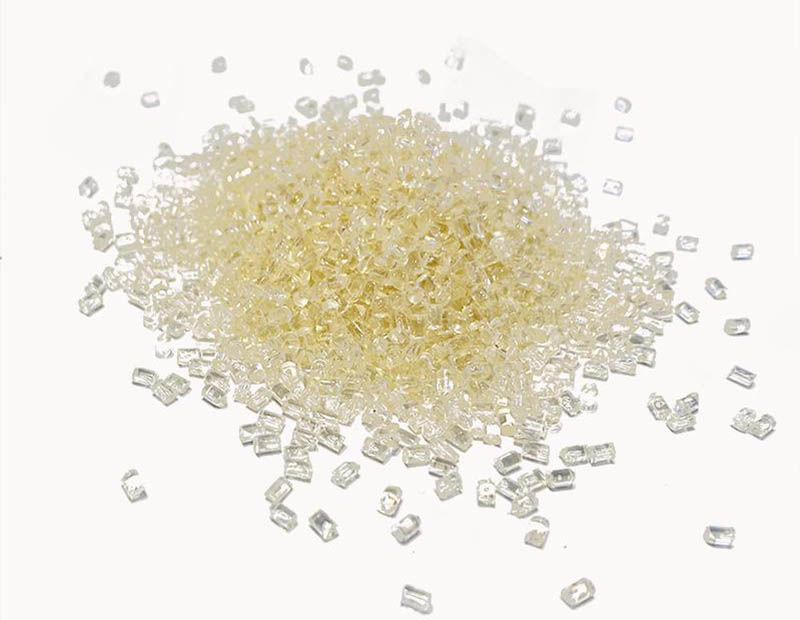Polysulfone (PSU) is a High-performance thermoplastic known for its outstanding thermal stability, chemical resistance, and mechanical strength. These properties make PSU an excellent material choice for components used in demanding environments such as medical, food processing, aerospace, and plumbing applications. However, the unique characteristics of PSU also require specific considerations when it comes to machining and fabrication.
In this article, we explore the machinability and fabrication techniques best suited for Polysulfone plastic, offering insights for engineers, designers, and manufacturers working with this robust material.

CNC Machining of Polysulfone
Polysulfone can be effectively machined using CNC techniques, making it suitable for precise, tight-tolerance components. Here are some key considerations:
Tooling: Use sharp, carbide-tipped tools to avoid chipping or cracking. Polysulfone is softer than metals but requires care to prevent overheating.
Coolants: Air cooling or misting is often sufficient. Avoid excessive lubrication, as PSU is hydrophobic and resistant to most fluids.
Feeds and Speeds: Moderate feed rates and high spindle speeds help maintain dimensional stability and reduce surface stress.
Clamping: Secure fixturing is important, as PSU has a low thermal conductivity and may warp under uneven stress or heat buildup.
Applications include custom medical device parts, connectors, and pump housings requiring intricate detail.
Injection Molding
Polysulfone is also well-suited for injection molding due to its thermal stability and flow properties.
Melt Temperature: Typically between 340–400°C. The material needs high temperatures for proper flow and mold filling.
Mold Temperature: Should be maintained between 150–170°C to ensure good surface finish and dimensional accuracy.
Cycle Time: Longer cycle times may be required due to the material's relatively slow cooling rate.
Drying: PSU is hygroscopic. Pre-drying at 150°C for 4 hours is essential to avoid moisture-related defects such as bubbles or surface streaking.
Injection molding is ideal for high-volume production of PSU parts like sterilizable medical components, electrical insulators, and fluid control parts.
Thermoforming
Although not as common as CNC machining or molding, PSU can be thermoformed for specific applications that require large, lightweight, and heat-resistant parts.
Heating: Heat PSU sheets uniformly to 200–230°C before forming.
Forming Method: Vacuum forming and pressure forming both work well.
Cooling: Controlled cooling ensures the part retains its dimensional accuracy.
Thermoformed PSU parts can be used in applications such as medical trays, lighting covers, or protective panels in industrial equipment.
Bonding and Assembly
Polysulfone parts can be joined using several methods:
Solvent Bonding: Chlorinated solvents like methylene chloride can be used, although care must be taken to prevent stress cracking.
Thermal Welding: Techniques such as ultrasonic or hot plate welding provide strong, clean joints for PSU.
Mechanical Fastening: Screws, rivets, or inserts are common, especially when disassembly is required.
Surface Finishing
Polishing and Buffing: PSU surfaces can be buffed to achieve optical clarity.
Printing and Labeling: Laser marking and UV printing are suitable due to PSU’s smooth, stable surface.
Polysulfone offers a balanced combination of strength, temperature resistance, and chemical durability, making it ideal for high-demand applications. Understanding the correct machining and fabrication processes is crucial to maximizing its performance and product lifespan.
Whether you are manufacturing medical-grade components or precision industrial parts, following best practices in PSU fabrication ensures reliability, safety, and cost-effectiveness.






